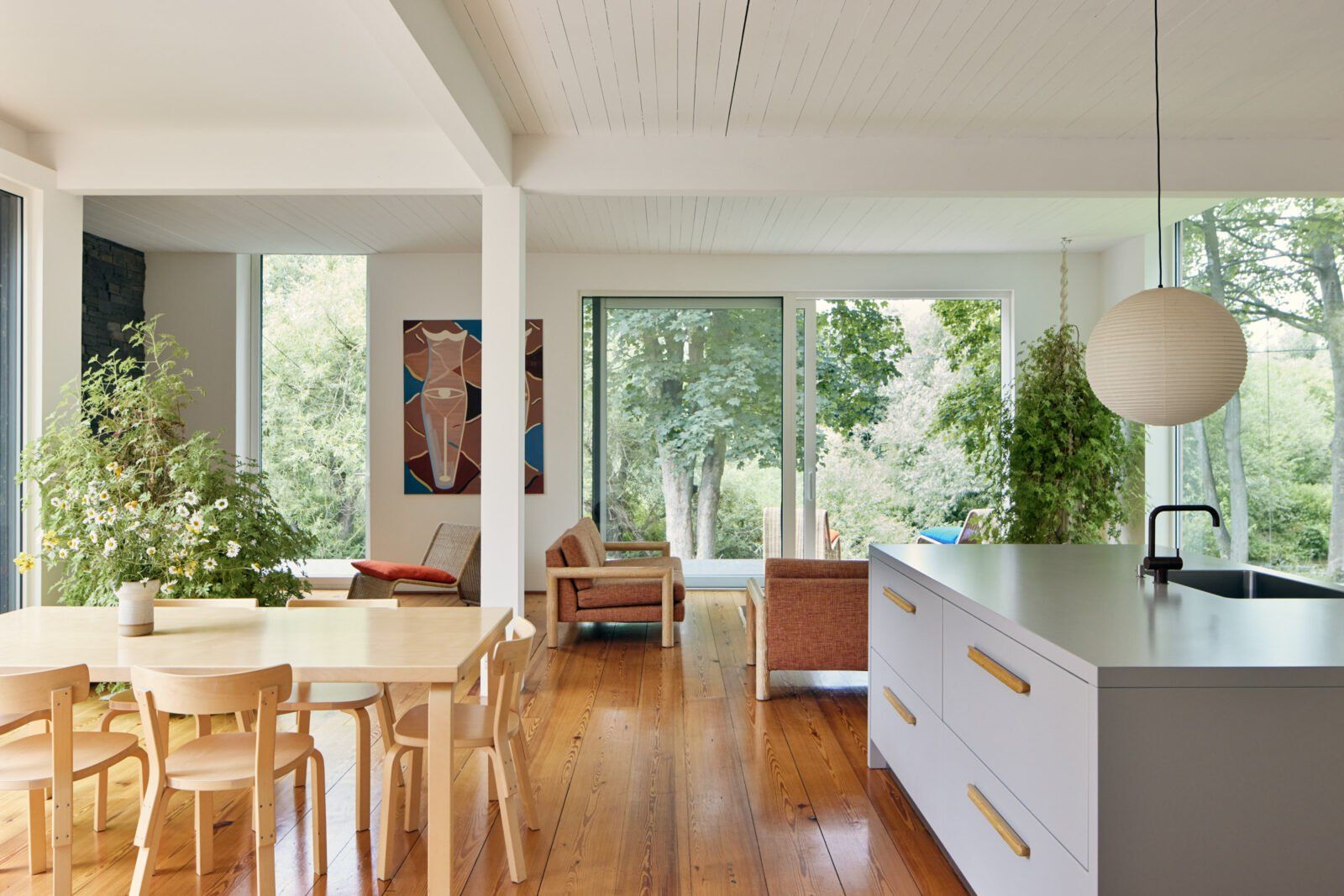Sustainable Design: Creating Greener Homes for a Better Future
Strategies for Sustainable Home Design

Creating warm and well-insulated homes is a fundamental aspect of sustainable design. Passive heating and cooling systems, such as airtight insulation, can reduce energy usage and running costs in the long term. Additionally, considering the entire lifecycle of the building, including the materials used, is important for sustainability. It is crucial to choose materials that are both durable and environmentally friendly.
Affordability is also a significant concern when it comes to sustainable design. While the initial cost may be higher, the long-term savings in energy costs can offset those expenses. Furthermore, sustainable design can also contribute to the overall value of the property, making it a sound investment for homeowners.
One of the challenges of implementing sustainable design in the construction industry is the cost of materials. However, with advancements in technology, many more affordable, eco-friendly materials are becoming available. Another challenge is the lack of skilled technical installers, but this can be addressed through education and training programmes.
Sustainable design is crucial for creating a better future for our planet and communities. By creating greener homes, we can reduce our impact on the environment while also improving our quality of life. Sustainable design can also contribute to the creation of more connected and liveable communities.
The Scandinavian approach to green design and social communities is an excellent example of how efficient and well-considered design can create better-connected communities using less material and creating less waste. By considering the entire lifecycle of a building, from materials to energy usage, we can create homes that are both environmentally friendly and beautiful.
In conclusion, sustainable design is an essential aspect of creating greener homes for a better future. By considering factors such as insulation, materials, and affordability, we can create homes that are both eco-friendly and financially sound investments. Implementing sustainable design in the construction industry may come with challenges, but the benefits are worth the effort.
Articles










